What Is Stagflation and Why Should We Worry About It?
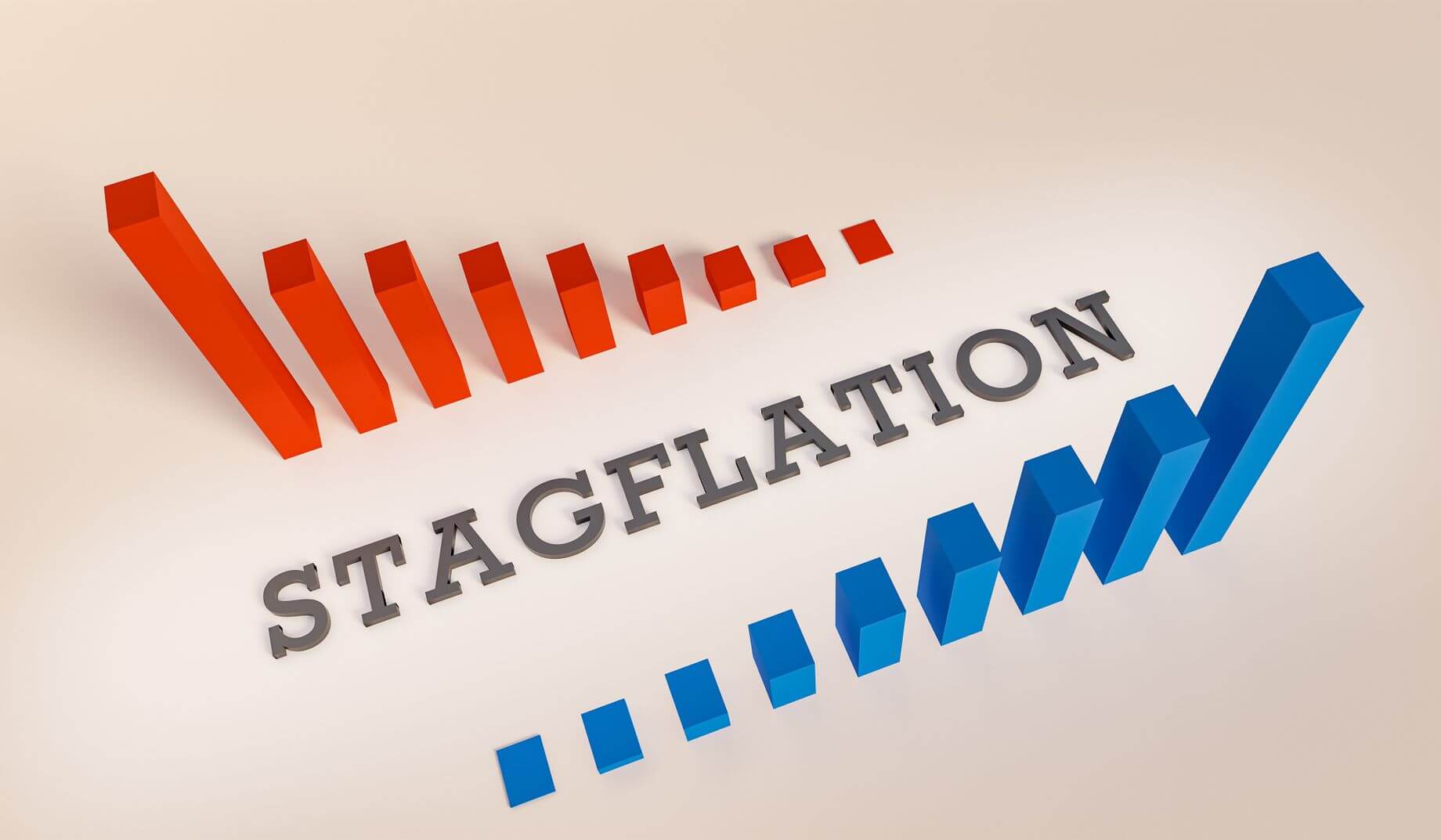
It looks like stagflation could be here soon. Here’s what you need to know to understand the economic phenomenon that stifled growth through the 1970s.
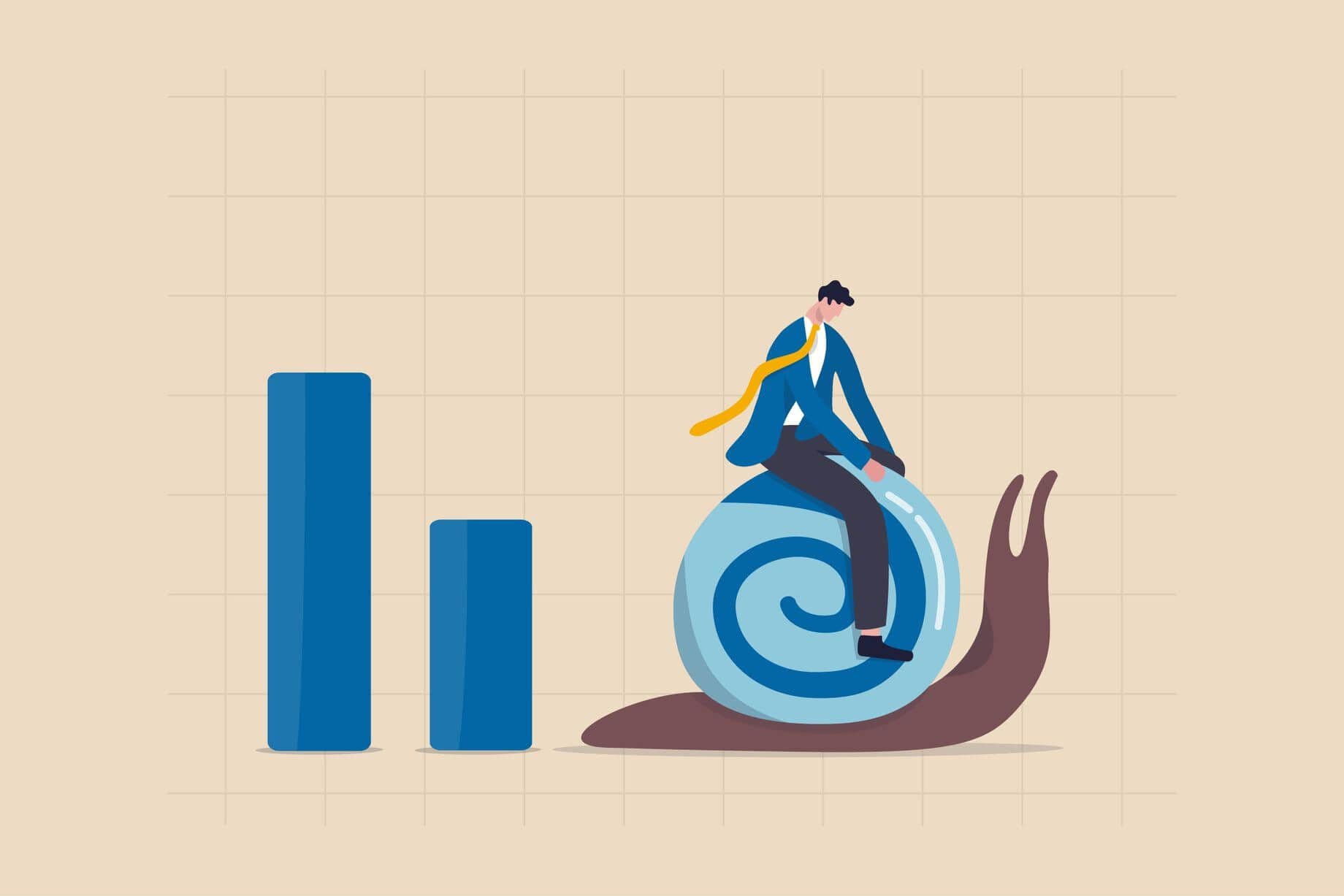
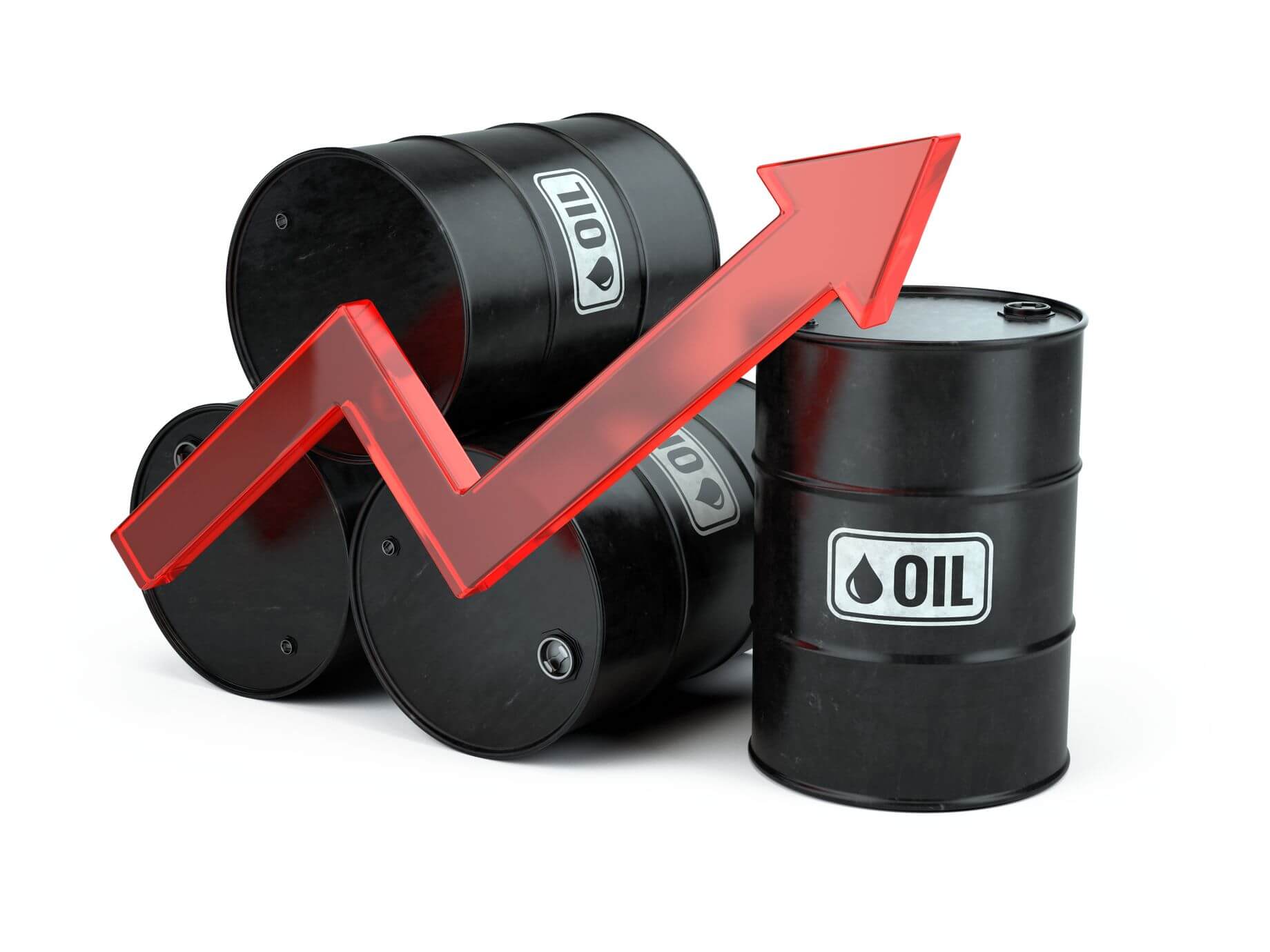
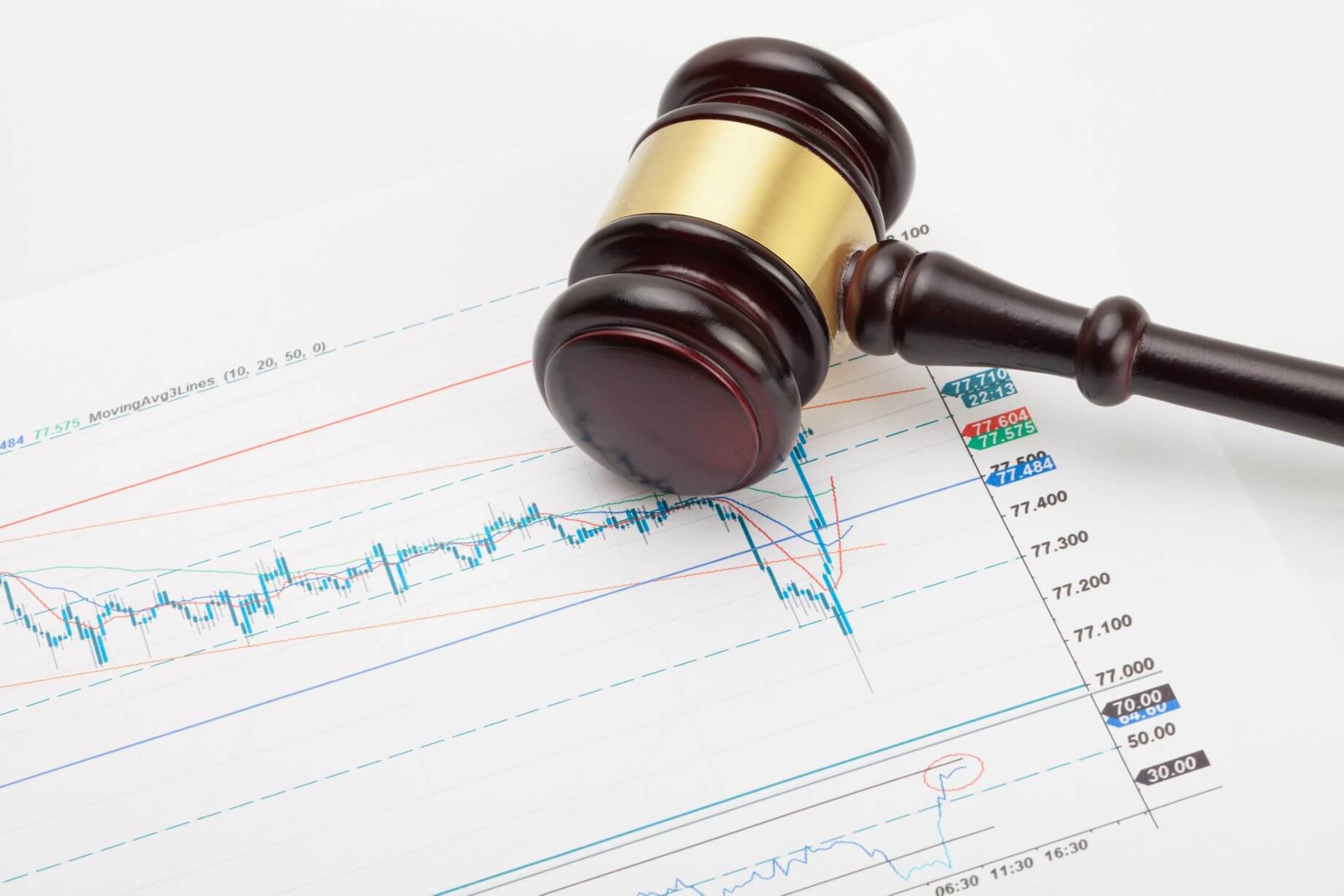
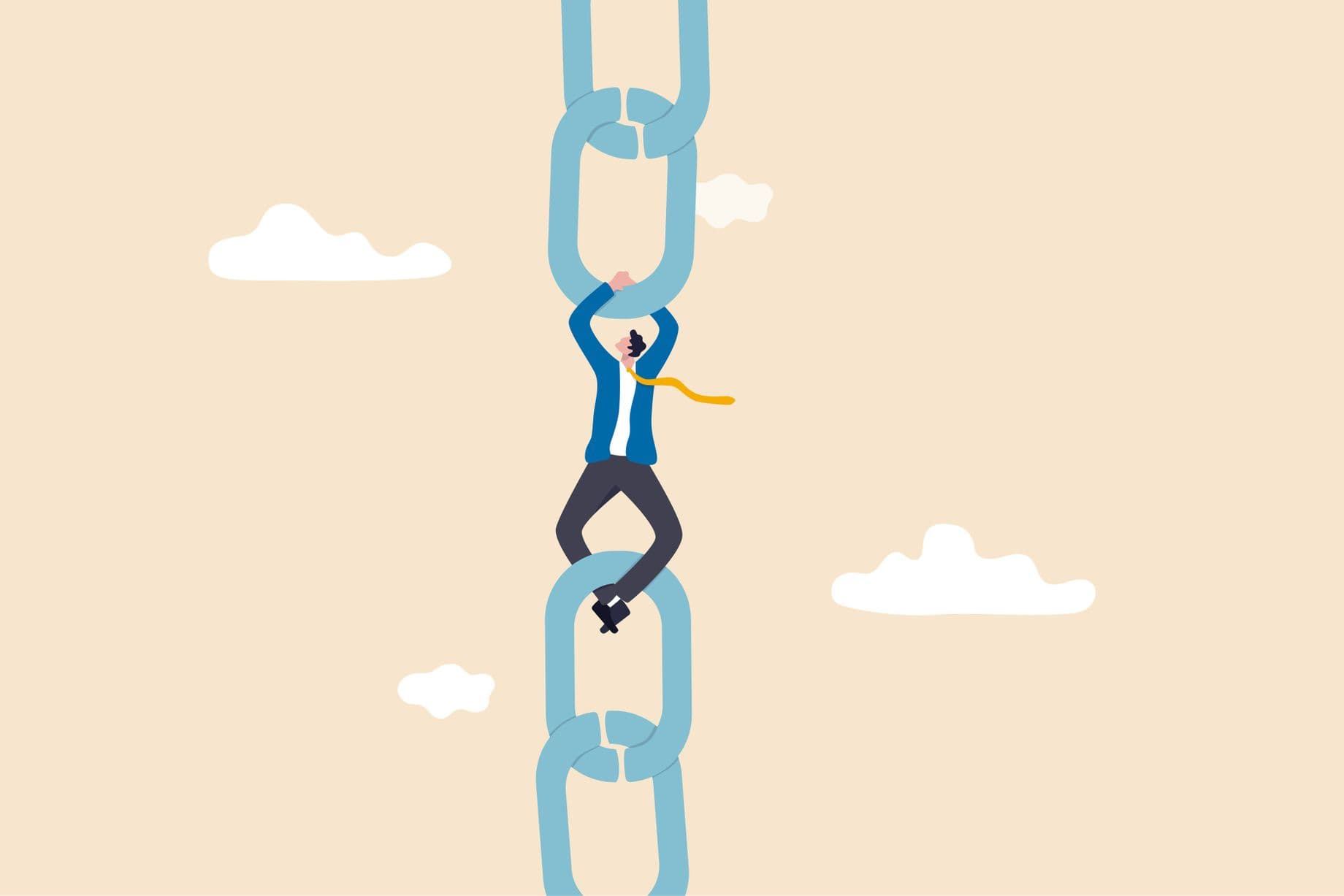
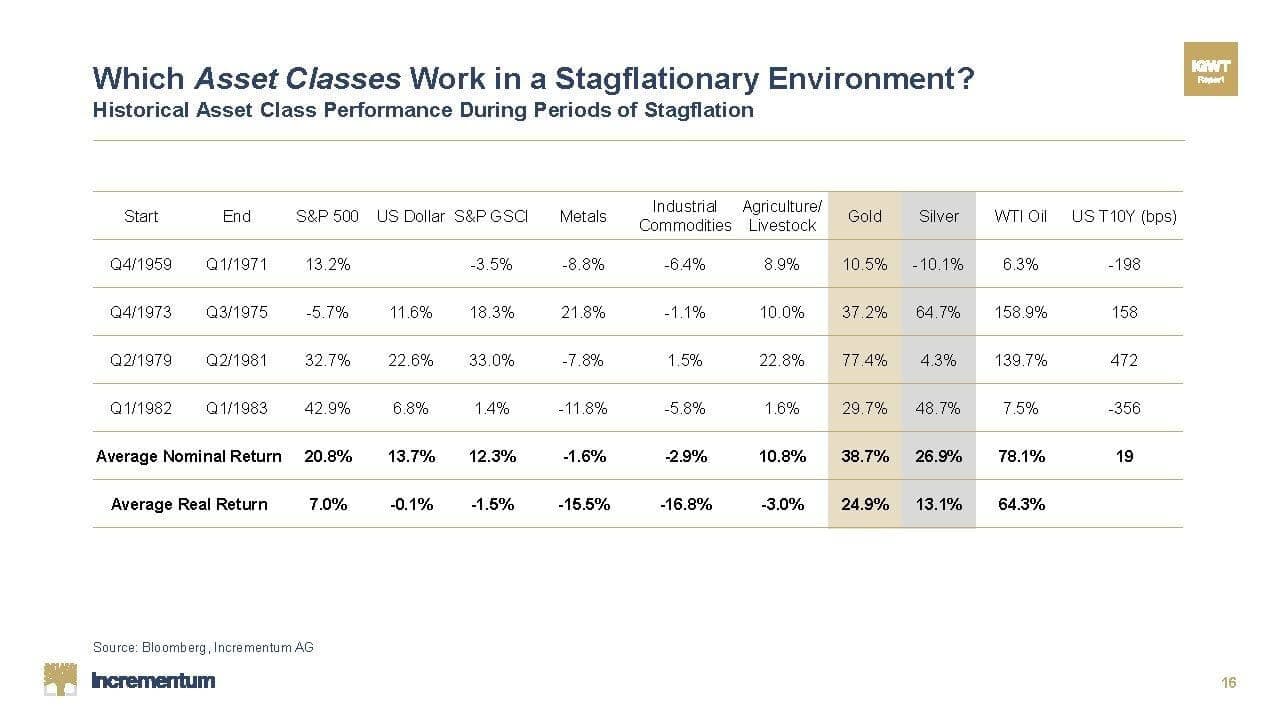

It looks like stagflation could be here soon. Here’s what you need to know to understand the economic phenomenon that stifled growth through the 1970s.




